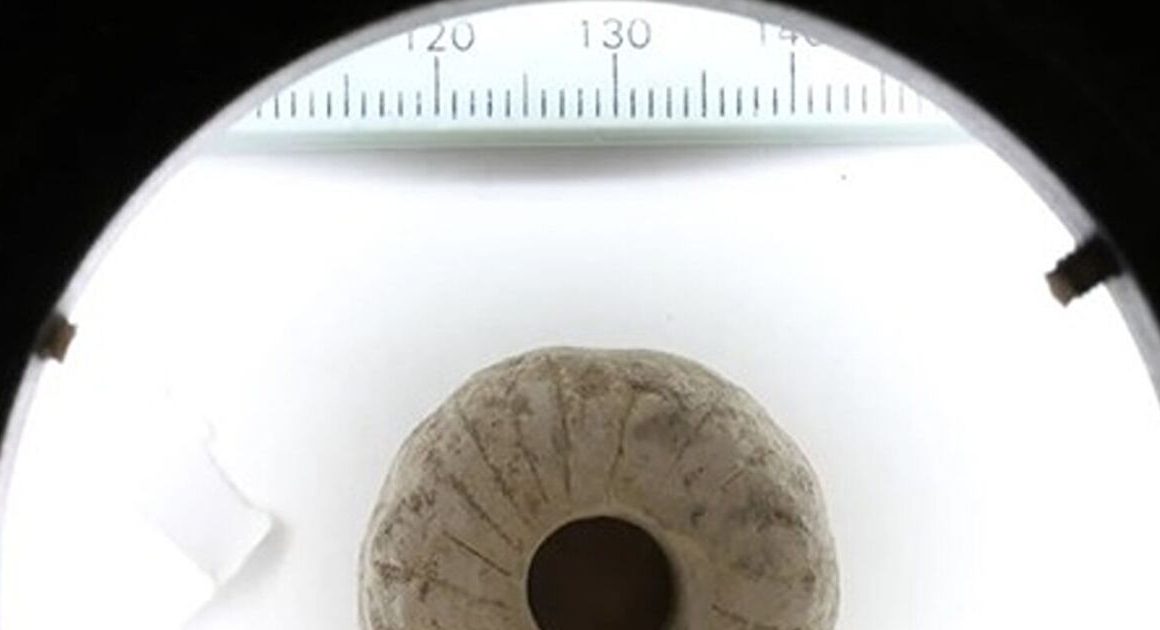It can be hard to talk politics in a U.S. swing state. Just ask anyone at the Bringer Inn diner in Saginaw, Mich.
“It has become so polarizing,” said Greg Carter. “There’s really no grey area anymore, you know, and that’s the hard part, where you can’t have a discussion without somebody getting upset or leaving in a huff.”
Carter, 62, is a Democrat and a retired county employee who now runs a retail business in town. Sitting in a booth with his wife at the diner in downtown Saginaw, he said his hometown wasn’t always so divided.
“I knew Republicans that I called friends, and vice-versa. And we could talk, we could discuss.”
Now, though, he said, “It’s like everywhere else. You have this side; you have that side.”
Differing opinions are common in Saginaw County, a diverse area north of Detroit, home to around 190,000 urban and rural voters. They voted for Barack Obama twice with strong margins, then Donald Trump, and then Joe Biden, by just over 300 votes. In her memoir about the 2016 election, Hillary Clinton mused that if she’d stopped in Saginaw more times while campaigning, things might have turned out differently for her.

So far this year, Republican Trump visited the county on a rare day off from his trial, and Democrat Biden stopped after his State of the Union address.
Saginaw’s voting record has given it a reputation as a political bellwether, and if the patrons at the Bringer Inn are any indication of what’s to come, this year’s presidential race could also be tight.
Saginaw County, Michigan, may be small, but its influence on U.S. elections is big. CBC’s Ellen Mauro went to the bellwether battleground to find out how these highly coveted voters feel about Donald Trump and Kamala Harris.
Economy top of mind for many
The local economy comes up in a lot of conversations here, and a quick drive around the area will show you why. Famously referenced in Simon & Garfunkel’s hit 1968 song America, the former auto town has since become known for the loss of most of its major automotive plants and the departure of around half of its population.
Abandoned storefronts and brownfields where factories once stood are common in the city of Saginaw. There’s even a 19th-century train station, defunct since the mid-1980s, standing empty on the east side of the city.
Seated at a table by the Bringer Inn’s open kitchen, Michael Labissoniere ordered breakfast with his wife, Sharon, a former General Motors employee who experienced the layoffs that affected many in the area as GM moved out. Labissoniere, a retired state employee, said inflation has hit people hard in Saginaw. “Prices of food, gas, everything is just ridiculous,” he said.
Labissoniere considers himself an independent voter, and this year, he said he doesn’t like either candidate. “You know, I like Trump’s ideas, but I don’t like the way he comes across,” he said.
Voting for Kamala Harris, though, doesn’t seem to be an option for him: “I bet if I had to vote today, I’d vote for Trump,” he said.
Across the room, auto mechanic Fernando Lambert said local jobs are on his mind. “After GM closed down, you can tell the difference, and it’s taken a while to really see money around Saginaw,” he said.
“I don’t agree with Trump much I think Harris is probably our best bet.”

A key county for U.S. politicians
While some parts of its downtown core may look like they’ve been forgotten, Saginaw is clearly in the sightlines of politicians. Rust Belt states like Michigan were for decades known for voting Democratic, but they’re now in play for both presidential candidates. Along with its surrounding suburbs and rural towns, Saginaw has become a crucial swing county in a crucial swing state.
“[Meeting] a sitting president had to be one of the most remarkable experiences of my life,” said community organizer Hurley Coleman III, referring to Biden, with whom he met one-on-one when the U.S. president visited Saginaw last March.

Coleman is the executive director of the Saginaw County Community Action Center, a local organization serving low-income residents. According to the U.S. Census Bureau, nearly 35 per cent of the city of Saginaw lives below the poverty line. Across the county, the number is 18 per cent.
“I said, ‘Mr. President, you know, we are suffering. The working class is suffering. They’re spending everything that they have,'” he said.

The city of Saginaw, which has a higher concentration of Black voters, is typically more likely to vote Democratic. But Coleman, himself a Democrat, said support has slipped somewhat in the community, “because they don’t know which way they want to go. Who really has their back?”
“And so I think both presidential nominees or candidates are going to be working hard to get voters who are undecided.”
Similarities with the rest of Michigan
For all of Saginaw’s unique issues, it shares some key similarities with the rest of Michigan, which both parties are hoping to win over in order to claim a victory. “If you look at the demographics of the county — how the county is situated, the industries it has — it is exactly like that microcosm of the rest of the state,” said Andrea LaFontaine, Central Michigan University’s Griffin endowed chair in American government.
“So, you have … this core industrial centre that probably is Democratically affiliated. And then on the outside, we have a little more Republican, conservative voters in the more rural, agriculture-based townships,” she said.
Indeed, Trump election signs are visible on some lawns of suburban homes and farms west of the city. But at a sunny evening concert in a park near Thomas Township, it’s clear that there is a mix of voters in this part of the county, as well.
“We all have our own opinions,” said Gabrielle Rooker, who is sitting in a lawn chair watching the rock-and-roll cover band with friends. “So, when we’re in a group situation, we don’t discuss politics at all,” she said.
Many see political division
In another grouping of lawn chairs nearby, Democrat Kimberly Newman said she will be voting for Harris in November.
“Reproductive rights, women’s health care — basically, that’s my issue,” she said, adding that inflation is also top of mind. “I make sure I tell all my friends and family … [about] the importance of voting.”

Courtney Beeler, seated beside her mom, said inflation is driving her choice this year. “Me and my generation, we feel like we’re all screwed because we can’t pay for anything anymore. I’m stuck, still living with my parents at 22 [years old],” she said.
Beeler wouldn’t say for whom she was voting in November, but she did say it wasn’t Harris.
“They’ve had four years to prove themselves. And they haven’t done it. Unlike Trump’s four years,” she said, when she believes “the economy was good, prices were low.”

When asked how she’s feeling about the election overall, Beeler said, “It’s a mess.”
“I feel like our country is so divided right now,” she added, citing all the news throughout the election cycle, from Trump’s criminal conviction to Biden’s dropout.
“People are so confused.”
‘What we want America to look like’
For those who remain undecided, the pressure of voting in a swing county can be strong.
In downtown Saginaw, Hannah McClean, 29, and her friend Ricky Orozco, 27, both said inflation is a top issue. But they said they still need to research before they decide whom to vote for.
“I want to get the facts right, and then kind of match them with my morals,'” said McClean.
She said her parents are staunch Trump supporters, but she isn’t sure where she stands. “I get how they’re more passionate about it,” she said, “but at the same time, they have to learn how to not press their views on us, because we have our own voice.”
Neither McClean nor Orozco voted in the last election, even though they were of voting age. This time, they said, they know there’s a lot on the line. “I think it might be the biggest one yet,” said Orozco.
As voters in Saginaw weigh their options, the city itself is working hard to find its own footing. Central Michigan University’s College of Medicine is building a new campus in Saginaw’s downtown core. And a new art project has created one of the country’s largest murals on an abandoned silo structure along the river.
“I told the president when he came and sat down with me … Saginaw County is like a melting pot, filled with all types of people,” said Hurley Coleman, back in his office at the community centre. “But we are all working-class, hardworking citizens who are trying to make this place better.”
Saginaw, he said, “does represent the struggle.”
“It also represents the progress of what we want America to look like. It’s a microcosm, absolutely, of the country.”












